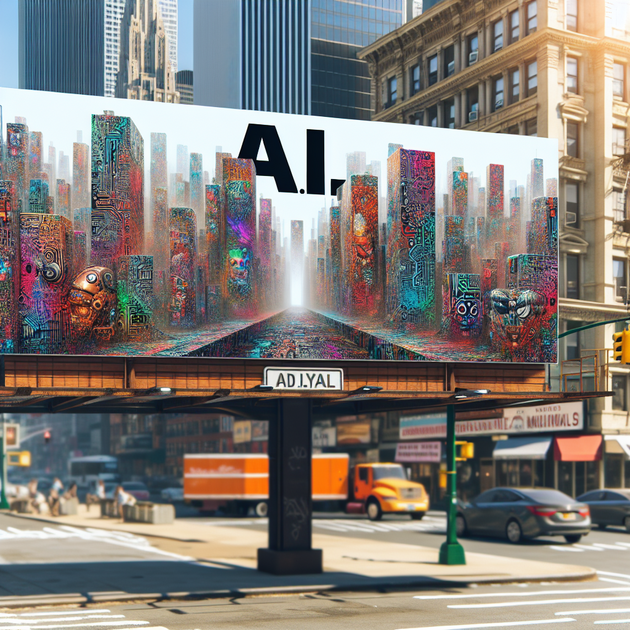An A.I Company Spent $1 Million on NYC Print Ads—Locals Graffitied Them Overnight
What happens when a cutting-edge A.I company pours over $1 million into a massive print advertising campaign in the heart of New York City—only to have their sleek billboards tagged and graffitied almost immediately? It’s a bold marketing move that became one of the most talked-about advertising fails in recent memory.
Let’s dig into why this happened, how locals responded, and what it says about the intersection of technology, marketing, and city culture.
The Biggest Print Advertising Gamble by an A.I Company
Print advertising may sound old-school in the digital age, but for one ambitious A.I company, going big in NYC meant going physical. This wasn’t just a few subway posters. The campaign reportedly cost over $1 million and blanketed major neighborhoods with eye-catching outdoor ads—on billboards, bus stops, and even building facades.
The idea was clear: make a splash in the world’s busiest city and get everyone talking. From Times Square to SoHo, these ads were everywhere. For a tech brand hoping to show it was part of the city’s pulse, it must have seemed like a smart bet.
But New York has always had its own personality—and not everyone welcomes flashy outsiders.
Graffiti Strikes Back: New Yorkers Respond in Their Own Way
It didn’t take long for local graffiti artists (and probably a few pranksters) to leave their mark. Within days—sometimes just hours—many of the pristine A.I company ads were tagged with graffiti, stickers, and creative “edits.” Some were witty, some were critical, and others just added a bit of classic New York attitude.
This wasn’t just random vandalism. In NYC, graffiti is as much a form of expression as it is a rebellion against corporate messaging. The city has a long tradition of turning public advertising into a canvas for local voices.
Here’s why this reaction wasn’t all that surprising:
- NYC Street Culture: Street art is part of the city’s identity.
- A Pushback Against Tech: Some see big tech brands as outsiders.
- Ownership of Public Space: Locals often feel that public spaces belong to the people, not corporations.
- Instant Feedback: New Yorkers don’t hold back if something rubs them the wrong way.
Why Big Tech Still Bets on Old-School Outdoor Ads
You might wonder why an A.I company would go for print advertising in this digital age. Isn’t online where all the action is? Turns out, there’s still a lot of value in physical ads:
- Visibility: Millions see these ads every day.
- Credibility: Being everywhere at once makes a brand seem established.
- Conversation Starter: Controversial or bold campaigns get people talking (and sharing online).
- Memorable: A huge outdoor campaign can stick in people’s minds longer than a fleeting social ad.
But as this story shows, outdoor ads can also become targets—especially if the message doesn’t land with the local crowd.
Anecdote: When Art Meets Advertising in New York
A friend once told me about walking past a freshly posted tech ad in Brooklyn early one morning. By lunch, someone had spray-painted “Not for Us” across it in bright pink. By evening, the message had changed again—this time with stickers and doodles turning the original ad into something completely new.
It’s this ever-changing conversation between marketers and locals that makes New York unique. Every ad is an open invitation for feedback—sometimes subtle, sometimes spray-painted across the whole thing.
What Does This Say About Tech, Marketing, and City Culture?
The story of this A.I company’s $1 million print campaign getting graffitied overnight isn’t just about wasted ad dollars or rebellious artists. It’s about how people interact with public spaces—and how brands need to understand the culture they’re stepping into.
So next time you see a shiny new billboard in NYC (or any city), think about what it takes to really connect with local communities. Is it enough to spend big—or does true engagement require listening first?
Where do you think the line should be between advertising and public art? And will brands ever fully win over cities like New York?

Leave a Reply